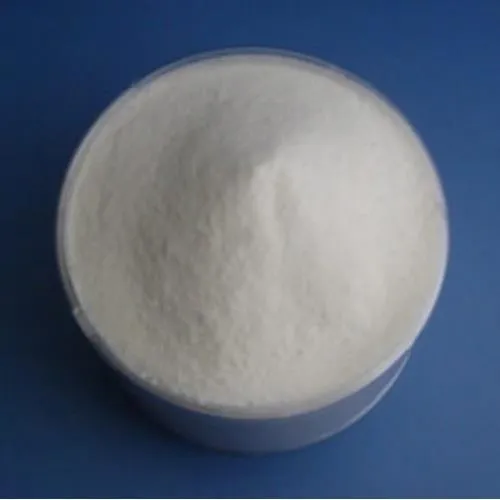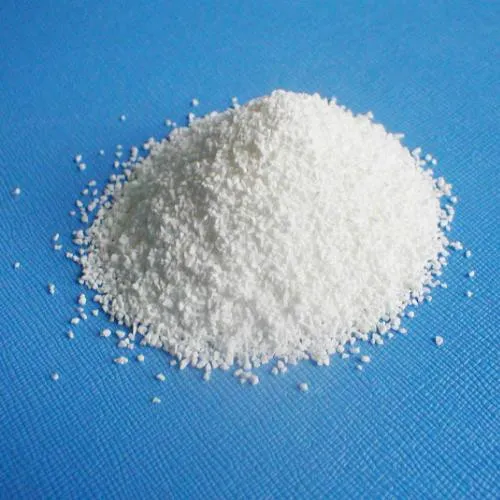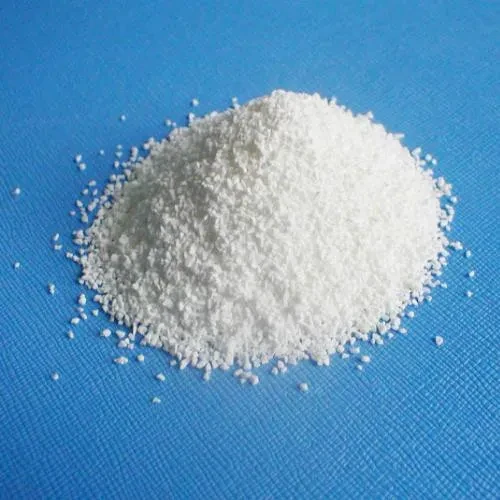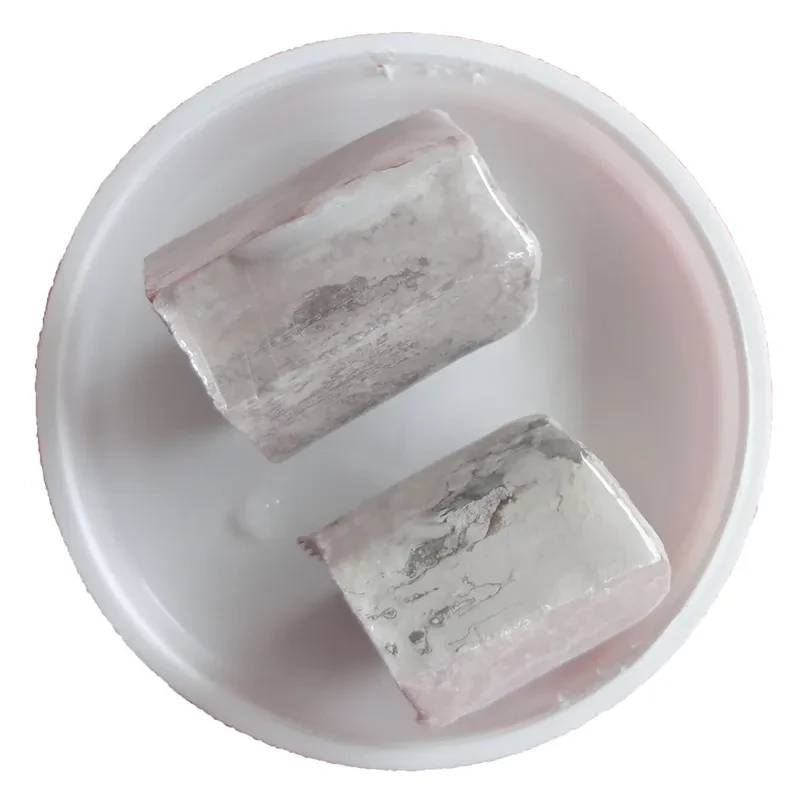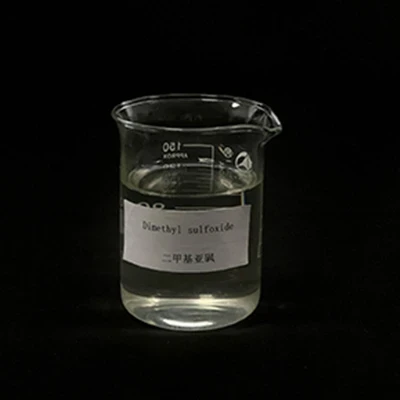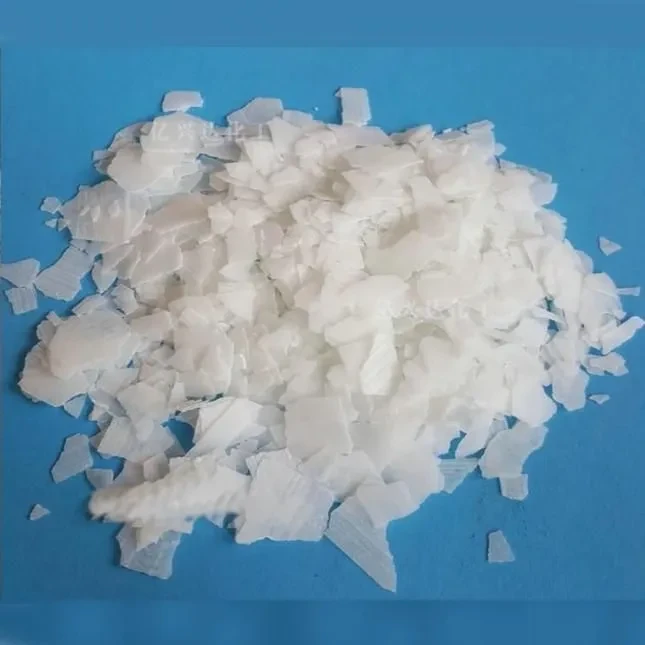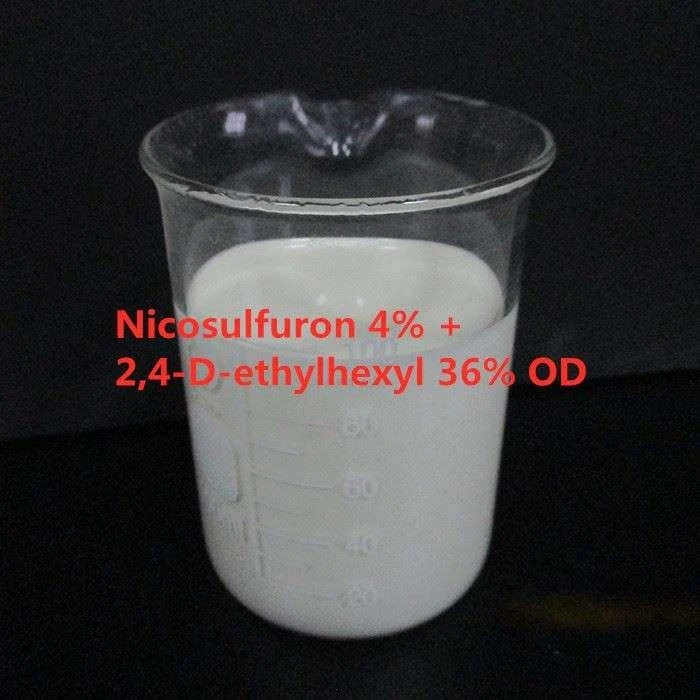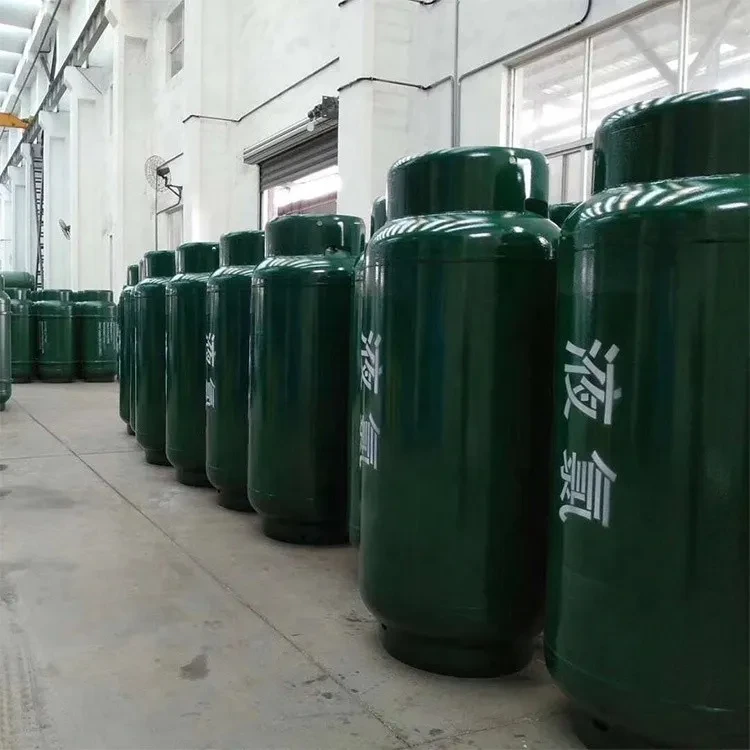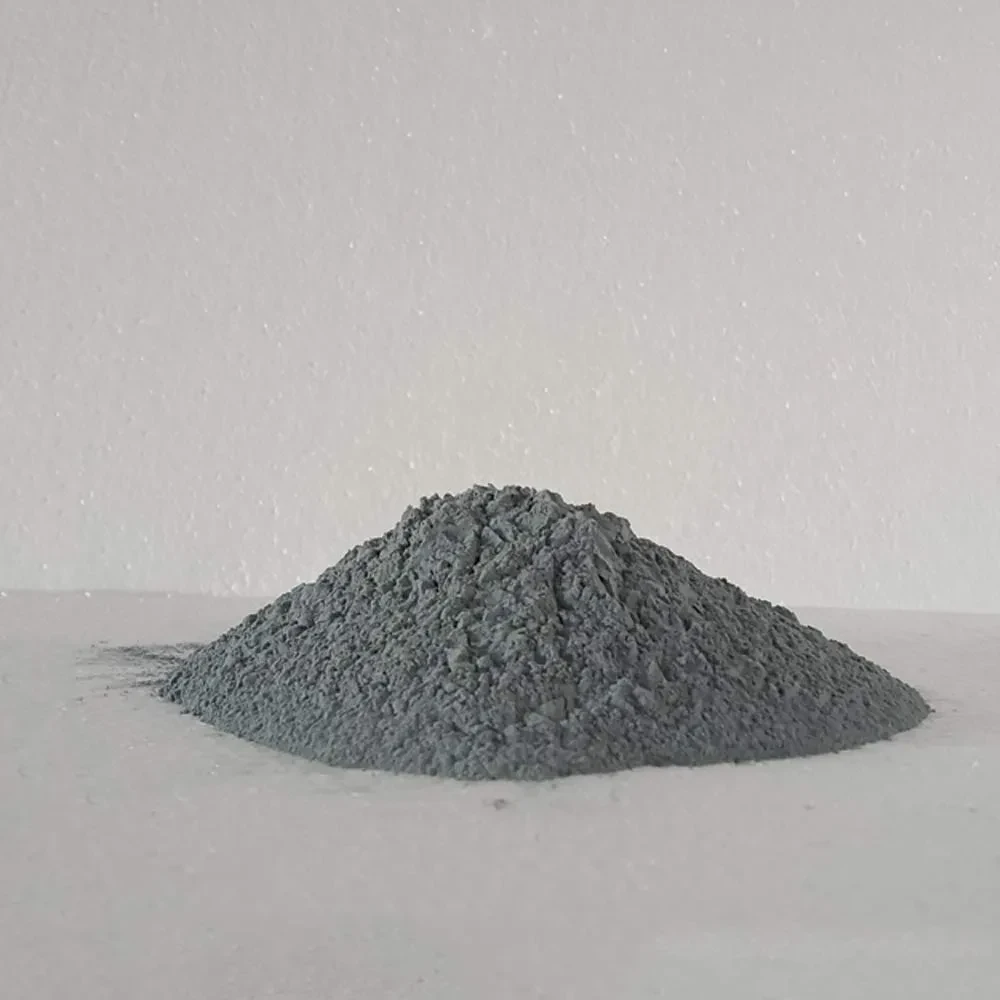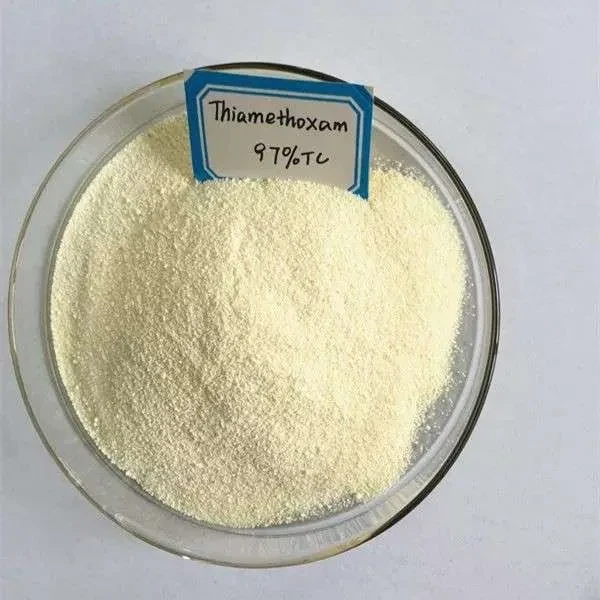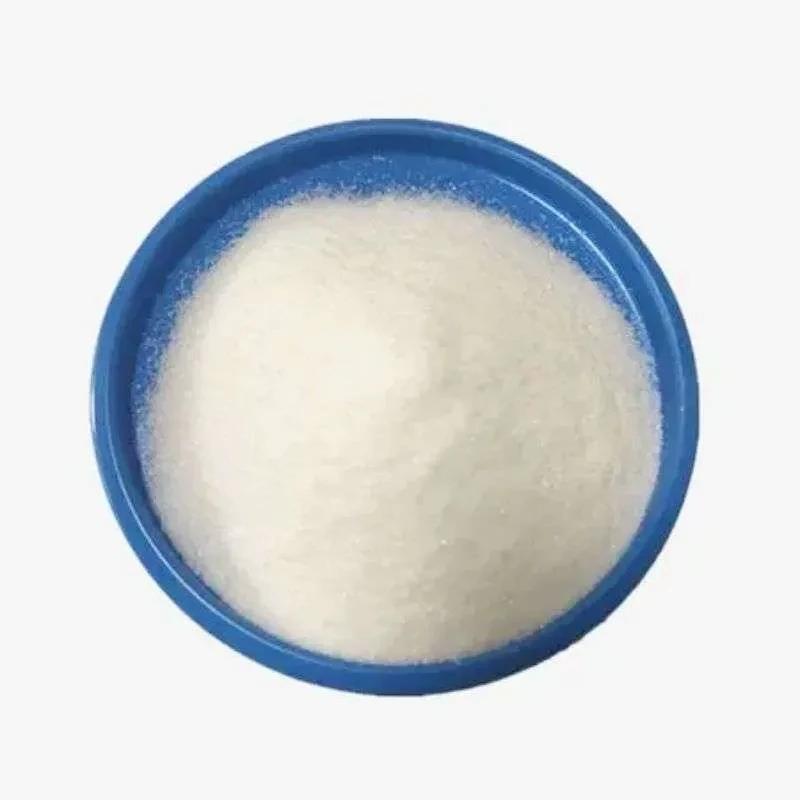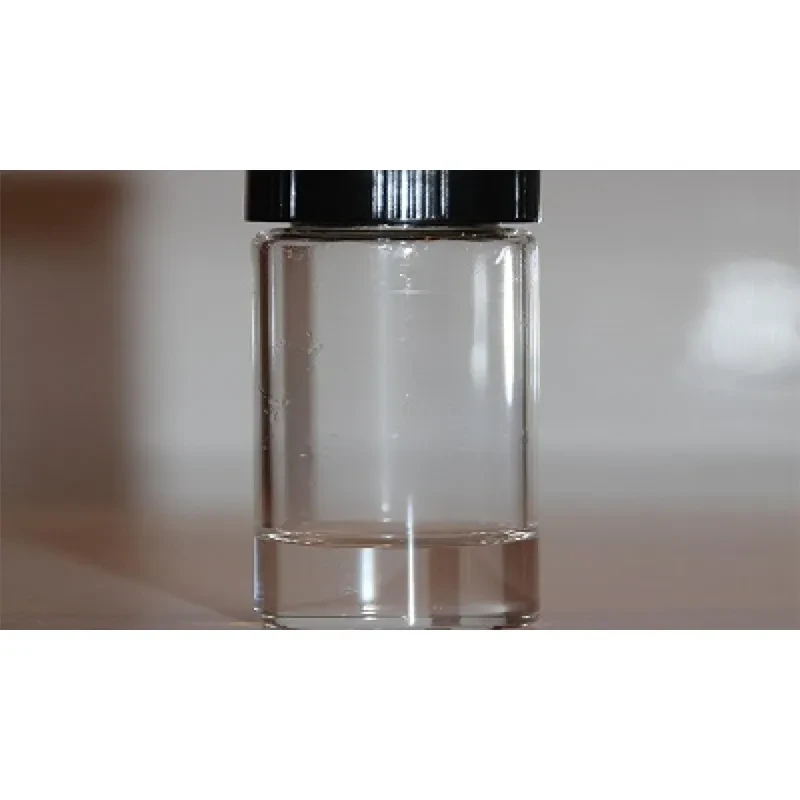CAS: 7775-09-9
MF: ClNaO3
MW: 106.44
|
Melting point |
248-261 °C(lit.) |
|
Boiling point |
decomposes 300℃ [MER06] |
|
density |
2.49 |
|
vapor pressure |
0-0Pa at 25℃ |
|
storage temp. |
room temp |
|
solubility |
water: soluble(lit.) |
|
form |
Solid |
|
color |
White |
|
Specific Gravity |
2.5 |
|
PH |
5-7 (50g/l, H2O, 20℃) |
|
Water Solubility |
1000 g/L (20 ºC) |
|
Merck |
14,8598 |
|
Stability: |
Stable. Mixtures of this material with organic fibrous or absorbent material and with a variety of other materials are potentially explosive. A full MSDS sheet must be consulted before use. Incompatible with strong reducing agents, organic materials, alcohols. |
|
Hazard Codes |
O,Xn,N |
|
RIDADR |
UN 1495 5.1/PG 2 |
|
WGK Germany |
2 |
|
RTECS |
FO0525000 |
|
TSCA |
Yes |
|
HazardClass |
5.1 |
|
PackingGroup |
II |
|
HS Code |
28291100 |
Sodium chlorate (chemical formula: NAClO3) is an inorganic compound, appearing as white crystalline powder. It has an annual yield of several hundred million tons around the world. It has many applications. Its major commercial application is for the manufacture of chlorine dioxide which is used in bleaching of pulp. Sodium chlorate can also be used for the industrial manufacture of perchlorate compounds through electrolysis. It can also be used as a non-selective herbicide to control many kinds of plants such as morning glory, Canada thistle, Johnson grass and bamboo. In addition, it can also be used as a defoliant and desiccant. It is also used for the generation of chemical oxygen which is important for emergency oxygen generation in commercial aircraft. In industry, sodium chlorate is manufactured by the electrolysis of a hot sodium chloride solution. It is also useful for making inks, cosmetics, paper and leather.
Sodium chlorate is used to manufacture dyes, explosives, in paper pulp processing and as a weed killer; used as a constituent of atratol and pramitol.



